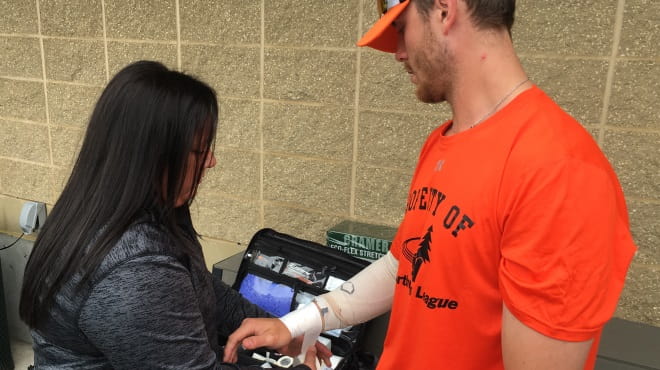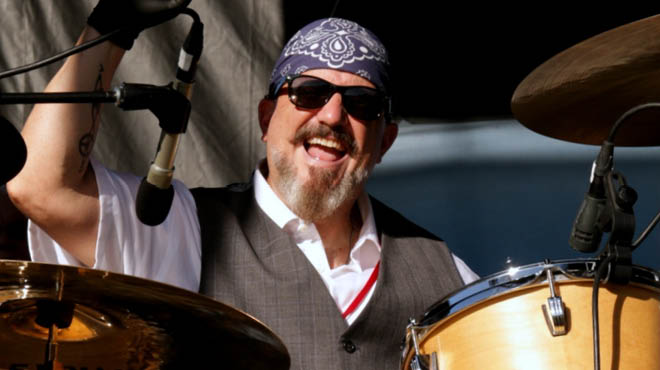Recent Posts
Could you benefit from a sports medicine consult? Check out these top 5 FAQ

Are you curious about whether seeing a sports medicine professional is right for you? These top five questions about sports medicine can help you with the answer.
1. Do you need to be an athlete to benefit from a sports medicine evaluation or clinic appointment?
Even if you don't consider yourself athletic but want to increase your physical activity or stay strong for your job, a sports medicine professional can be a great resource. They can tailor a plan to maximize your workout routine based on your interests and goals and help you reduce your risk of injury, whether you're on the field, at the gym or on a work site.
2. What makes a primary care sports medicine physician qualified to treat people?
These professionals have advanced training in the science of sports medicine. Sports medicine professionals can help maximize your body's systems and reduce pain so you can avoid time away from sports or other physical activities due to injuries.
The training these professionals undergo is extensive and includes:
- Undergraduate training
- Four years of medical school
- Three to four years of residency training
- One to two years of fellowship training
In addition, primary care sports medicine physicians are required to pass a certification examination in sports medicine to obtain a Certificate of Added Qualification in Sports Medicine.
Sports medicine physicians are expected to complete continued medical education and recertification every 10 years to distinguish them from other physicians without this specialized training.
3. What's the difference between a primary care sports medicine physician and an orthopedic sports medicine surgeon?
An orthopedic sports medicine surgeon is trained in those areas, as well as surgical treatment of those conditions. Together, they create a comprehensive team to improve performance, prevent injury, guide rehabilitation, and relieve joint and muscle pain.
4. What types of conditions are treated by a sports medicine physician?
Common musculoskeletal and orthopedic conditions that sports medicine physicians treat include acute injuries, such as:
- Activity-specific injuries
- Fractures
- Low back or neck sprains
- Osteoarthritis
- Overuse injuries
- Shoulder, elbow, wrist, hand, hip, knee, foot, or ankle sprains
- Strains
Because of additional training, primary care sports medicine physicians, and some orthopedic sports medicine physicians and surgeons also:
- Counsel athletes on decisions to return to play
- Provide training for Injury prevention
- Treat sports-related concussions
5. What sports or team play activities does a sports medicine physician support?
Most primary care sports medicine physicians and orthopedic sports medicine surgeons serve as team physicians for local or national sports teams and can provide:
- Care of sports-related medical needs
- Coordination of care with other sports medicine team members, including athletic trainers, physical therapists and surgical specialists
- Injury assessment
- Management or prevention
- Preparticipation physicals
Athletes and nonathletes alike benefit from the care of sports medicine professionals. These experts advise sports professionals, weekend warriors, anyone who wants to begin or return to being active, and people whose work involves high physical demands, such as strength, endurance, flexibility and coordination. They all require the same expert care to function as fully and safely as possible.
Next steps:
- Learn more about Sports Medicine services and treatments.
- Read how a basketball stand-out benefited from specialized caree.
- Read more about ankle, arm and shoulder strains and sprains.
- Watch a video on what to expect at your sports medicine consultation:
Robert Freed, D.O., is an orthopedics and sports medicine specialist in Mankato, Minnesota.






